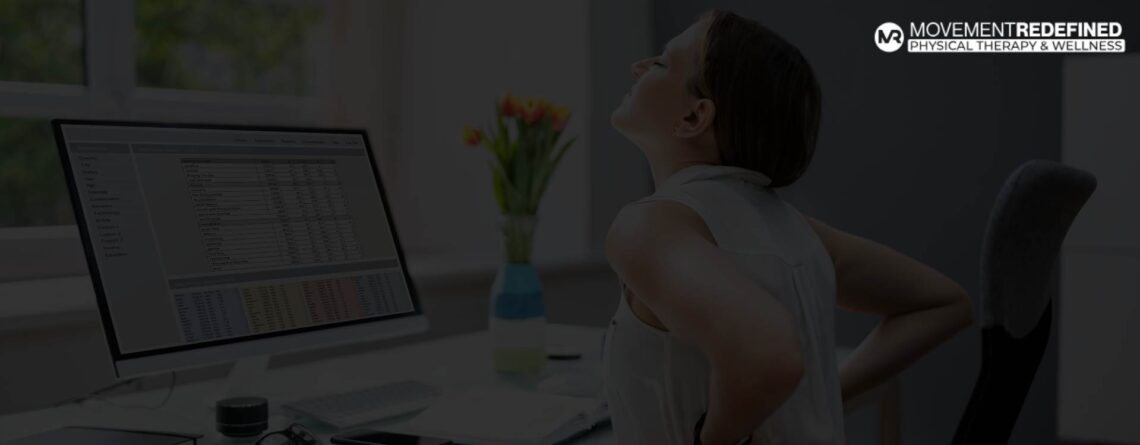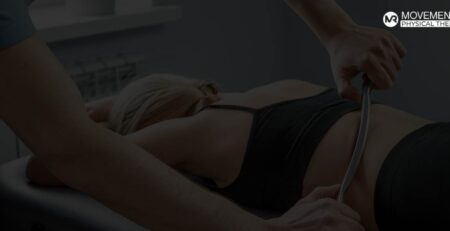Work-Related Back Pain: Causes, Treatments, and Prevention
Work-related back pain is a pervasive issue that affects individuals across various industries and professions. Whether you’re working at a desk, on your feet, or engaging in manual labor, the risk of developing work-related back pain is a genuine concern. This blog post aims to shed light on the prevalence of work-related back pain, its underlying causes, available treatment options, and essential preventive measures, including proper lifting techniques.
The Prevalence of Work-Related Back Pain
Work-related back pain is a widespread problem that impacts employees in various fields. According to data from the U.S. Bureau of Labor Statistics, back injuries accounted for approximately 20% of all workplace injuries and illnesses. These injuries not only lead to days off work but also contribute to reduced productivity and a diminished quality of life for affected individuals.
Common Causes of Work-Related Back Pain
Several factors contribute to the development of work-related back pain, including:
- Poor Ergonomics: Improper workspace design and incorrect posture while sitting or standing can place undue strain on your back over time.
- Heavy Lifting: Jobs that involve heavy lifting without using proper lifting techniques can lead to acute or chronic back injuries.
- Repetitive Movements: Tasks that require repetitive bending, twisting, or lifting can gradually wear down the supportive structures of the spine, leading to discomfort and pain.
- Sedentary Work: Extended periods of sitting can weaken the muscles that support the back, contributing to stiffness and discomfort.
Treatment Options for Work-Related Back Pain
When work-related back pain strikes, seeking timely treatment is crucial to prevent it from worsening and interfering with your daily life. Here are some of the treatment options available:
Physical Therapy
Physical therapy plays a pivotal role in the treatment of work-related back pain. Skilled physical therapists can assess your condition and develop a personalized treatment plan that often includes exercises to strengthen your core and back muscles, improve flexibility, and enhance posture.
Medications
In some cases, over-the-counter or prescription medications may be recommended to alleviate pain and inflammation. These medications should be used under the guidance of a healthcare professional.
Rest and Lifestyle Modifications
eaRest is essential for the healing process. Your physical therapist can provide guidance on ergonomics, posture, and lifestyle modifications that can help prevent future episodes of back pain.
Manual Therapy
Hands-on techniques such as massage, joint mobilization, and spinal manipulation can provide immediate relief and improve the function of your back.
Surgery (in severe cases)
For severe cases of work-related back pain, surgical intervention may be necessary. However, surgery is typically considered only when conservative treatments have not been effective.
Preventive Measures for Work-Related Back Pain
Prevention is always preferable to treatment. Here are some essential preventive measures you can take to reduce your risk of work-related back pain:
Ergonomic Improvements
Ensure your workspace is ergonomically designed to support proper posture. Invest in an ergonomic chair, use a standing desk if possible, and position your computer monitor at eye level. Proper ergonomics can significantly reduce the risk of back pain.
Proper Lifting Techniques
If your job involves lifting, following proper lifting techniques is crucial. Bend your knees, not your back, and use your leg muscles to lift objects. Keep the load close to your body and avoid twisting while lifting. Training and awareness of these techniques are vital for injury prevention.
Regular Exercise
Incorporating regular exercise into your routine can strengthen your back and core muscles. Exercises that improve flexibility and promote good posture can help reduce the risk of back pain. Consult with a physical therapist or fitness professional for a personalized exercise plan.
Take Breaks
If your job involves prolonged sitting, taking regular breaks to stand, stretch, and move around is essential. These breaks help reduce the strain on your back and improve circulation, which can alleviate discomfort.
Work-related back pain is a common and potentially debilitating issue that can affect individuals in virtually any profession. Understanding the underlying causes, seeking appropriate treatment when needed, and implementing preventive measures are essential steps in managing and preventing work-related back pain. At Movement Redefined, we recognize the impact that work-related back pain can have on your well-being and productivity. Our dedicated team of physical therapists is here to support you in your journey to a pain-free work life. Whether you’re experiencing work-related back pain or are interested in preventive strategies, don’t hesitate to contact us. We are committed to helping you redefine your movement, improve your quality of life, and enjoy a pain-free, productive workday.










